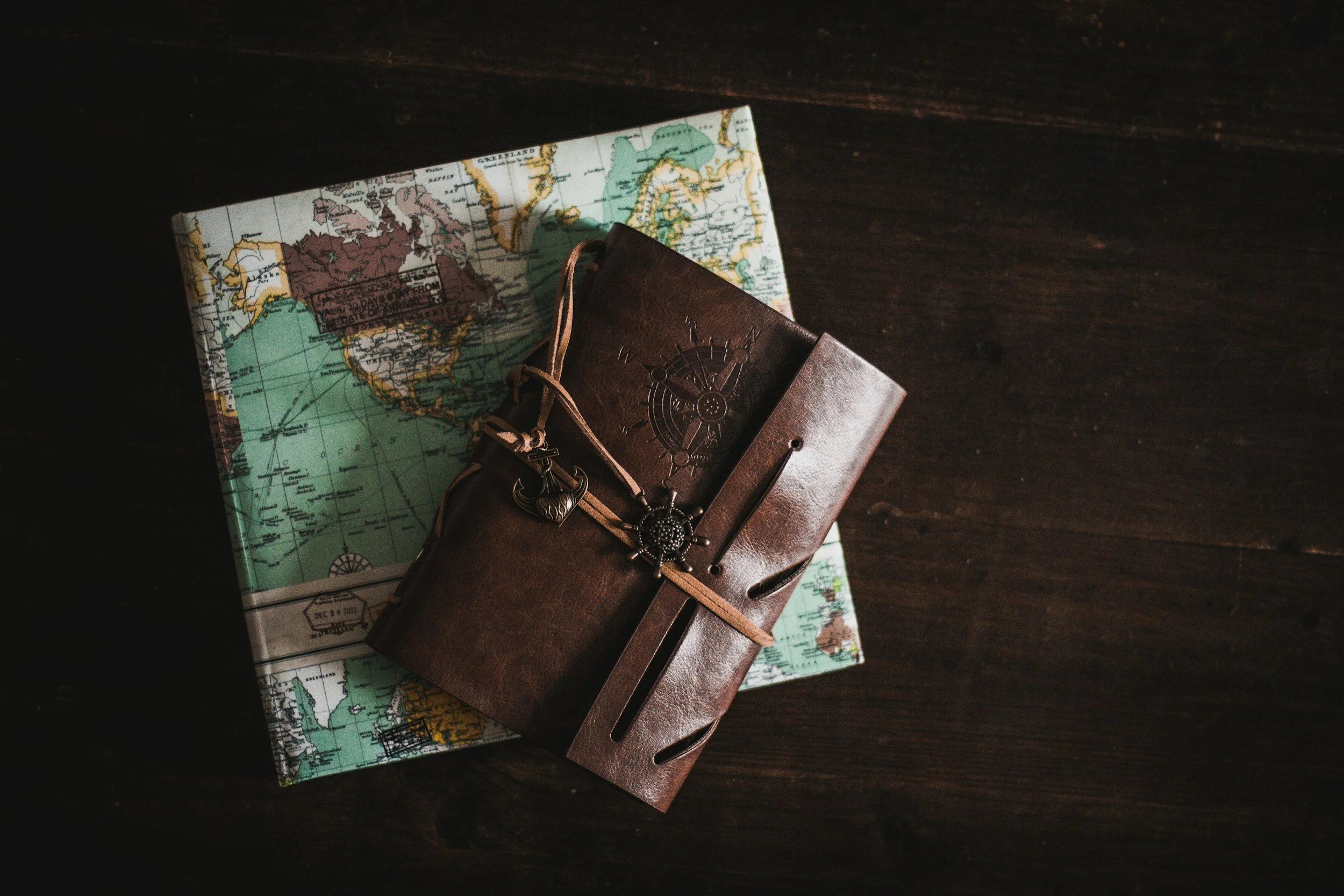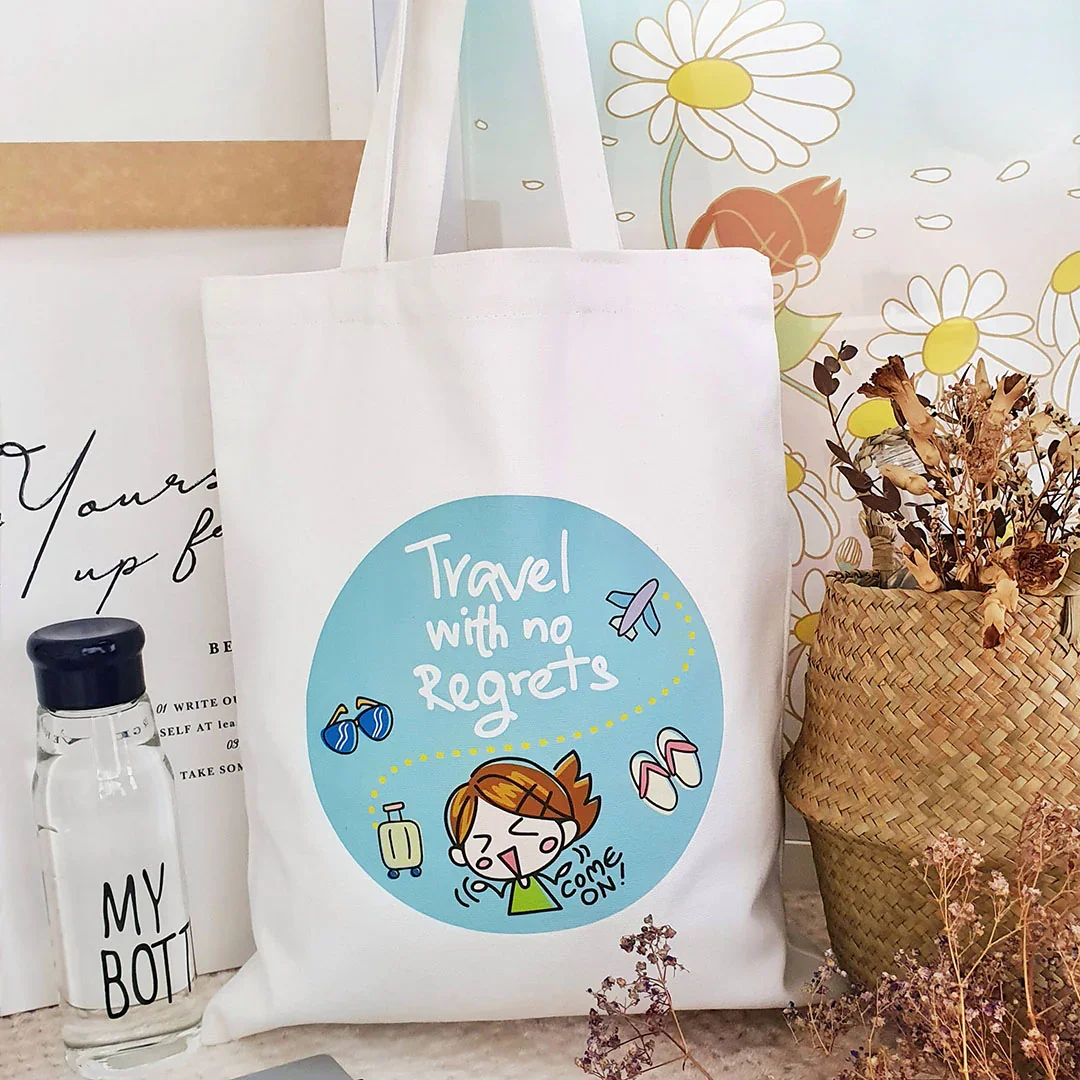17 travel essentials to pack for a cruise vacation
Packing for a cruise can feel straightforward – until you’re standing in your cabin and realise you left something essential behind. Unlike a road trip, once the ship sails you can’t just stop at a shop. What you bring is what you have.
The right essentials can make the difference between a smooth, comfortable trip and one filled with unnecessary frustrations. Some items are sold onboard, but they usually come with a higher price tag and limited options. Packing your own is the easiest way to start your journey stress-free.
This list isn’t a full packing guide but a final check of them must-haves before you head onboard. These are things I’ve personally used (or wished I had) as crew, and they’re just as useful for any cruiser.
Read on for the cruise travel essentials worth having in your bag, whether you’re preparing for your very first sailing or fine-tuning your routine as a seasoned traveller.
Just a heads up that this post contains Amazon affiliate links. They don’t cost you anything extra but contribute a little to the running of this site.
Cruise travel essentials to bring onboard for stress-free sailing
1. Cruise travel insurance
Travel insurance is for peace of mind when you’re hundreds of miles from shore and anything can happen.
A good policy covers medical emergencies at sea, missed port connections, and even emergency evacuation if the unexpected occurs. While the cruise line may provide some assistance, having your own coverage ensures you’re not left scrambling or facing huge bills.
2. Money
Bring a mix of payment options for smooth spending wherever your cruise takes you. A credit card that works overseas covers big purchases, an e-wallet like Apple Pay or Wise makes transactions seamless, and cash in the local currency helps you avoid queues and expensive exchanges. In many parts of Asia, e-wallets are now as widely accepted as cash, giving you flexibility at every port.
3. Mobile data
Pack mobile data for the times when being disconnected isn’t an option. Ship Wi-Fi can be costly and unreliable, but there are easier ways to stay connected. An eSIM that covers the ports on your itinerary, or a regional or international SIM, can all work depending on your needs. Options like GigSky, even offer cruise and land coverage, though experiences vary. Whether it’s for checking maps, booking transport, or keeping in touch, sorting out your data before you sail saves both stress and money.
4. International plug adaptor
Cruise ships differ when it comes to sockets. Some use US outlets, others European, and while newer ships may include USB ports, they’re often limited. An international adaptor with built-in USB ports keeps everything simple, letting you charge multiple devices at once without fighting for outlets.
5. Power bank
Bring a power bank for peace of mind when your devices can’t keep up with long days ashore or hours spent capturing photos and videos. Shore excursions often mean you’re out from morning until evening, with little chance to recharge. A compact, high-capacity power bank keeps your phone ready for maps, tickets, and memories, ensuring you don’t run flat when you need it most.
6. Reusable water bottle
Pack a reusable water bottle for staying hydrated onboard and ashore without constantly buying single-use plastic.
A reusable water bottle saves you money, reduces waste, and ensures you always have water at hand. Some cruise lines even provide refill stations, making it easier than ever to keep your bottle full.
7. Swimwear
Pack swimwear for making the most of onboard pools, hot tubs, and beach days at port, because cruise life isn’t complete without a dip.
From lounging on a sun deck with a book to snorkelling in turquoise waters, swimwear is one of those items you’ll reach for more often than you think. Have at least two sets so you’re never stuck waiting for one to dry. Essential for relaxation and adventure alike, swimwear ensures you’re always ready to dive into the carefree rhythm of life at sea.
8. Jacket
Pack a jacket for unpredictable evenings at sea, breezy decks, and cooler climates your cruise might sail through.
Even in tropical regions, nights onboard can get surprisingly chilly when the wind picks up over open water. On itineraries that pass through northern ports or during off-season sailings, a jacket becomes less of a comfort item and more of a necessity.
9. Slip-resistant shoes
Pack slip-resistant shoes for staying safe and comfortable while walking the ship’s decks and exploring ports.
Cruise ships are full of smooth surfaces that can get slippery, especially around the pool or after a rain shower. Non-slip shoes help prevent accidents onboard while still being versatile enough for shore excursions.
They don’t have to look like clunky work shoes either – many sneakers and sports shoes come with good grip and support.
10. Sunscreen
Pack sunscreen for essential protection against the sun when you’re spending long hours outdoors at sea and in port.
Cruises often mean full days under strong sunlight, whether you’re lounging on deck, swimming, or sightseeing ashore. Without protection, a single bad sunburn can risk ruining the rest of your cruise.
Choose a biodegradable, reef-safe, water-resistant sunscreen to protect both your skin and the oceans you’ll be sailing through.
11. Motion sickness remedy
Pack motion sickness remedies for uninterrupted days at sea, even when you’re not usually prone to seasickness.
For some, a little candy or ginger is enough to ease the queasiness if it ever shows up. But if you already know you’re sensitive to motion, it’s worth bringing stronger support like tablets or wristbands. These don’t take up much space, yet they can save a lot of discomfort and keep your trip enjoyable. For more preparation tips, see my guide on how to avoid getting seasick on a cruise.
12. Plasters
Pack plasters for the inevitable little cuts and blisters that come from being active onboard or during shore excursions.
They won’t replace the ship’s medical center, but keeping a few on hand can save you a trip downstairs for minor mishaps. Small, lightweight, and easy to forget – until you need one.
13. Waterproof phone pouch
Pack a waterproof phone pouch for keeping one of your most valuable travel essentials safe when water is all around you – at the pool, on deck, at the beach, or during excursions.
Your phone isn’t just for photos anymore. It’s your boarding pass, payment method, map, and connection to home. Protecting it from water damage means one less thing to worry about, and one more way to enjoy your cruise without stress. This simple pouch is a small item that safeguards something big.
14. Dry bag
Pack a dry bag for shore days where water is part of the adventure.
From kayaking trips to tender rides and sudden tropical rain, a dry bag shields your essentials from getting soaked. It’s ideal for electronics, clothes, and wallets protected so you can enjoy the adventure without stressing over damage.
If you’d rather travel lighter, even a waterproof phone pouch or zip-style waterproof bags can offer basic protection. They don’t hold as much, but they’ll save your valuables when the sea (or sky) throws a surprise.
15. Travel umbrella
Bring a small travel umbrella to stay dry and comfortable during port days.
In tropical destinations, sudden downpours are common even on sunny days, while in other regions, rain depends more on the season. A foldable umbrella doesn’t take much room in your bag but makes exploring far easier when the weather turns. For hot, humid climates, it can even double as portable shade.
16. Insect repellent
Bring insect repellent to avoid bites that can turn a fun port day into an itchy memory.
In tropical regions and certain destinations, mosquitos and other insects are just part of the landscape. A good repellent keeps you comfortable and protected, especially if you’re exploring nature trails, beaches, or rural towns. Choose one that suits your skin and travel style, and you’ll thank yourself when you return onboard bite-free.
I like to carry a small tin of Tiger Balm. Though marketed for sore muscles, it can help with headaches, nausea, and mosquito bites. While I don’t use it strictly as a repellent, its scent may help keep insects at bay, making it a compact, multi-use companion for cruise adventures.
17. Cruise line app
Keep the cruise line app on your phone for quick access to daily schedules, dining reservations, onboard activities, and messages from the ship.
Even if you don’t use it constantly, having the app installed can save time, prevent confusion, and keep you in the loop without hunting down printed schedules or asking staff. It’s a small convenience that makes life onboard just a little smoother.
For more ways to make your cruise smoother, you might also like these guides…















